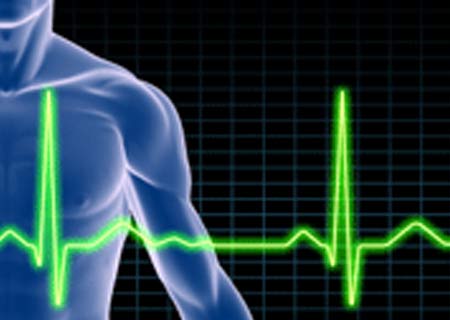Exercise electrocardiogram (ECG) has been used in the UK for assessing stable chest pain since many years. However, the present guidelines do not recommend its use as a diagnostic tool for stable angina in patient evaluations.
The team inspected the role of exercise ECGs in nearly 89 consultations between doctors and patients in 3 chest pain clinics. According to the scientists, exercise ECG could help in better clarification of symptoms, while shedding more light on reversible cardiovascular risk factors.
Dr Helen Cramer, the lead author, from the University’s School of Social and Community Medicine, remarked, “As chest pain clinic services are re-configured without the test, in line with UK national (NICE) guidance, the exercise ECG will have a diminishing role in the diagnosis of angina. However, many of the practices that have been built up around the use of the exercise ECG are potentially beneficial to patients and need to be considered in the re-design of chest pain assessment services without that test.â€
Moreover, the device may serve as a platform for lifestyle and behavioral advice with respect to exercise potential and tolerance. In case of patients who have been newly diagnosed with stable chest pain, the exercise ECG could provide more details regarding the symptoms by articulating the patient’s clinical history.
The findings revealed that exercise ECG apparently increased interactions between clinicians and patients via physical engagement. Though this avenue may not enhance diagnostic accuracy, it may improve consequent reassurance, the investigators claimed.
The study titled, ‘Treading carefully: a qualitative ethnographic study of the clinical, social and educational uses of exercise electrocardiograms in evaluating stable chest pain’ is published in the journal BMJ Open.

